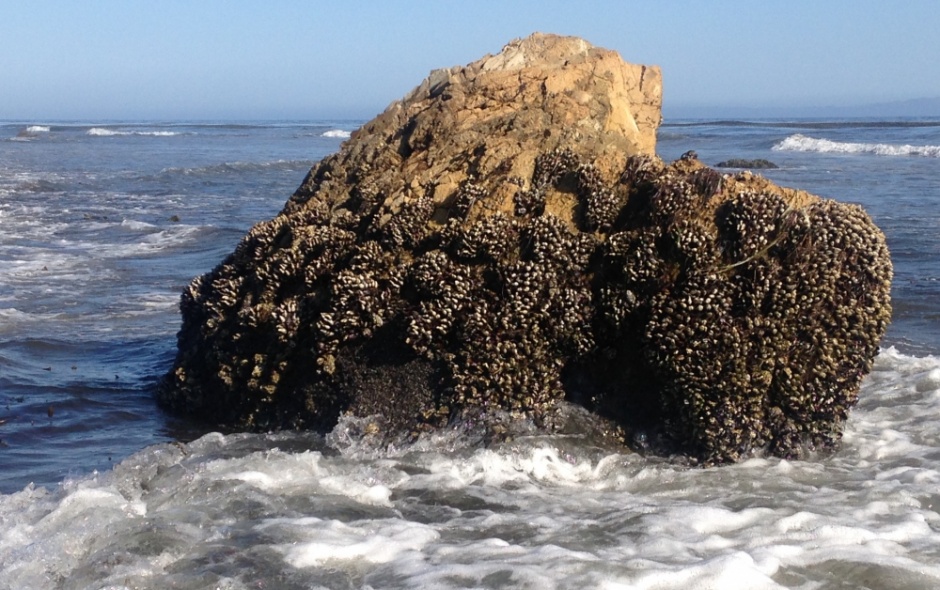
Typically, the strength of a polymer is improved by increasing the number of chemical cross-links that hold together the material’s network of polymer strands. However, binding the strands more closely together also makes the polymer more brittle, reducing its stretchiness.
A group at the University’s Materials Research Laboratory claims to have developed a method for overcoming this trade-off that’s based on the tough, flexible polymeric byssal threads that marine mussels use to secure themselves to rocks.
To develop the material, the team synthesised an amorphous, loosely cross-linked epoxy network and then treated it with iron to form dynamic iron-catechol cross-links. In the absence of iron, when one of the covalent cross-links breaks, it is broken forever, because no mechanism for self-healing exists. But when the reversible iron-catechol coordination bonds are present, any of those iron-containing broken cross-links can reform, not necessarily in exactly the same place but nearby, thus maintaining the material’s resiliency even as its strength increases.
As the iron-catechol network is stretched, it doesn’t store the energy, so when the tension is released, the material doesn’t bounce back like a rubber band but, rather, dissipates the energy. The material then slowly recovers to reassume its original shape, in much the same way a viscoelastic material such as memory foam does after the pressure on it is released.
Whilst previous efforts to mimic mussel chemistry have focussed on wet materials such as hydrogels, the UC project is focussed on a so-called dry system which the team claims are up to 25 times stiffer and five times more stretchy than wet systems.
This is because in a wet system, the network absorbs water, causing the polymer chains to stretch, so there is not much extra flexibility left. But with a dry material, the amorphous spaghetti-like strands are initially very compact, with a lot of room to stretch.
The group claims that the technology could have a host of commercial and industrial applications.
“A material having that characteristic, called an ‘energy-dissipative plastic,’ is useful for coatings,” said Thomas Cristiana, co-lead author of a paper on the work in the journal Science. “It would make a great cell-phone case because it would absorb a large amount of energy, so the phone would be less likely to break upon impact with the floor and would be protected.”




April 1886: the Brunkebergs tunnel
First ever example of a ground source heat pump?